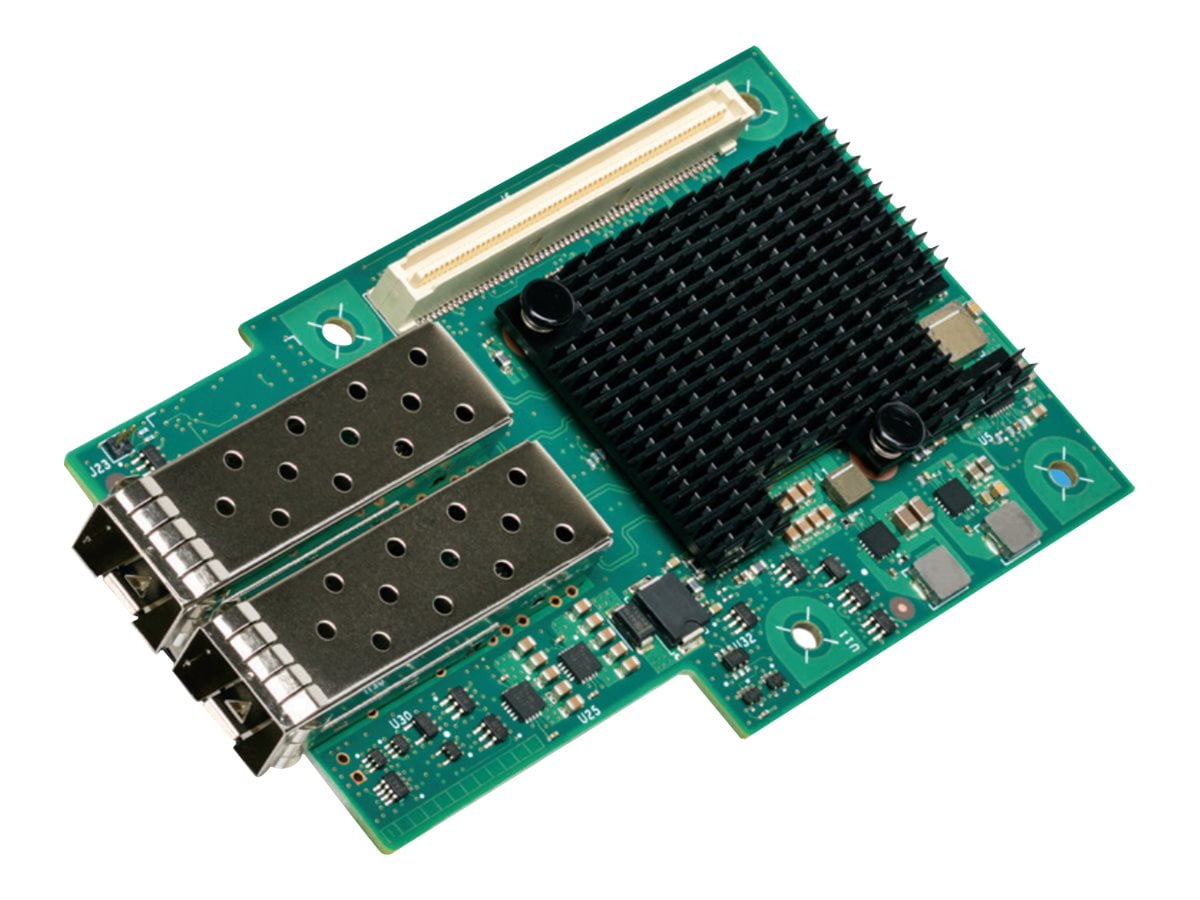
Datacenter traffic keeps growing with the expansion of data-intensive applications, such as AI and high-performance computing (HPC). The importance of co-packaged optics ( CPO). Graphical AbstractġSchool of Optical and Electronic Information, Huazhong University of Science and Technology.ĢWuhan National Laboratory for Optoelectronics, Huazhong University of Science and Technology.ģDepartment of Electronic and Computer Engineering, The Hong Kong University of Science and Technology.ĥThe Hong Kong University of Science and Technology (Guangzhou). This review aims to provide the readers a comprehensive overview of the state-of-the-art progress of CPO in silicon platform, identify the key challenges, and point out the potential solutions, hoping to encourage collaboration between different research fields to accelerate the development of CPO technology. Leading international companies (e.g., Intel, Broadcom and IBM) have heavily investigated in CPO technology, an inter-disciplinary research field that involves photonic devices, integrated circuits design, packaging, photonic device modeling, electronic-photonic co-simulation, applications, and standardization. CPO is widely regarded as a promising solution for future datacenter interconnections, and silicon platform is the most promising platform for large-scale integration. Co-packaged optics (CPO) is a disruptive approach to increasing the interconnecting bandwidth density and energy efficiency by dramatically shortening the electrical link length through advanced packaging and co-optimization of electronics and photonics. The gap between application requirements and the capability of conventional pluggable optics keeps increasing, a trend that is unsustainable.


The conventional pluggable optics increases at a much slower rate than that of datacenter traffic. Furthermore, nearly three-fourths of the datacenter traffic resides within datacenters.

Due to the rise of 5G, IoT, AI, and high-performance computing applications, datacenter traffic has grown at a compound annual growth rate of nearly 30%.


 0 kommentar(er)
0 kommentar(er)
